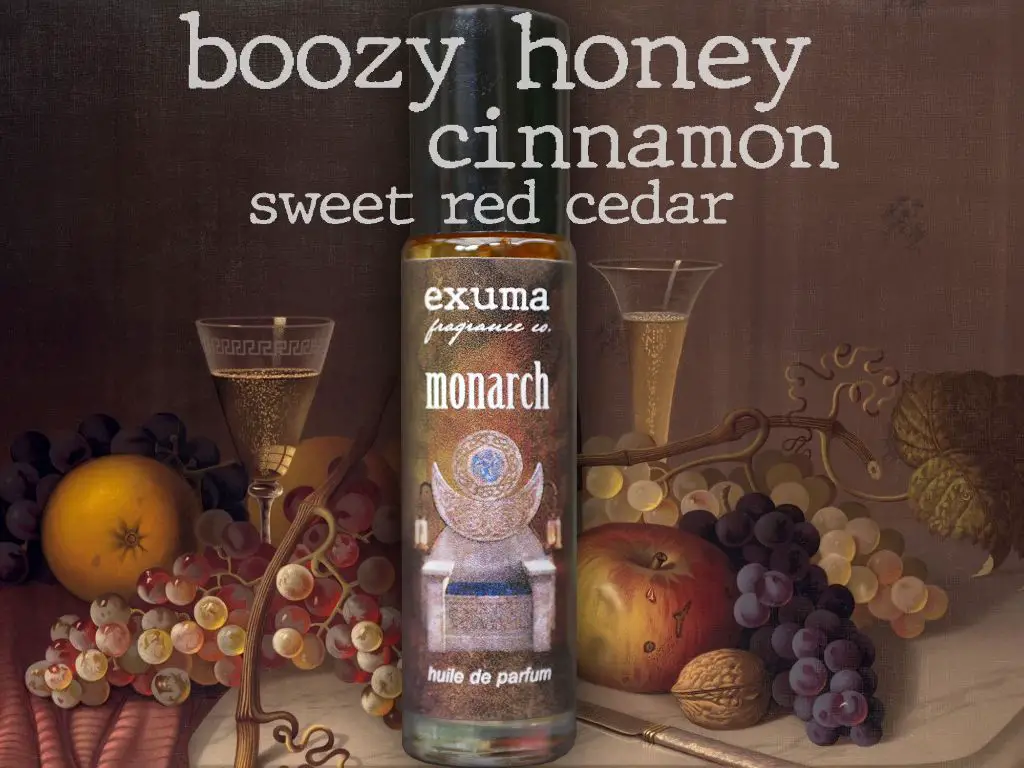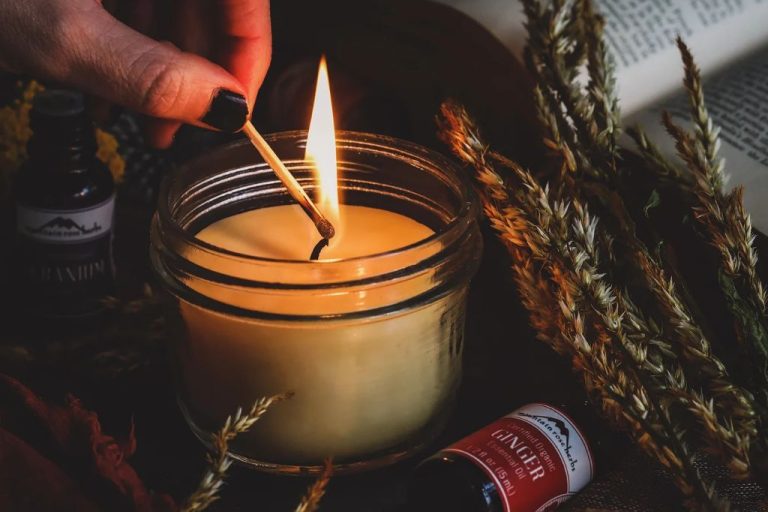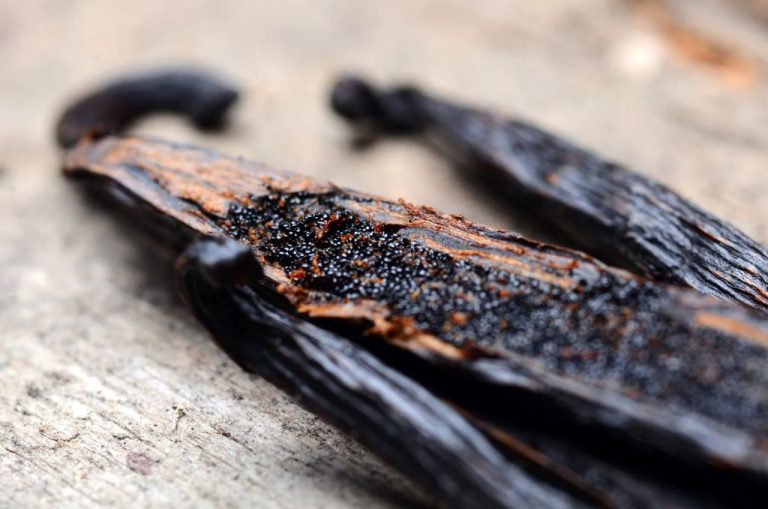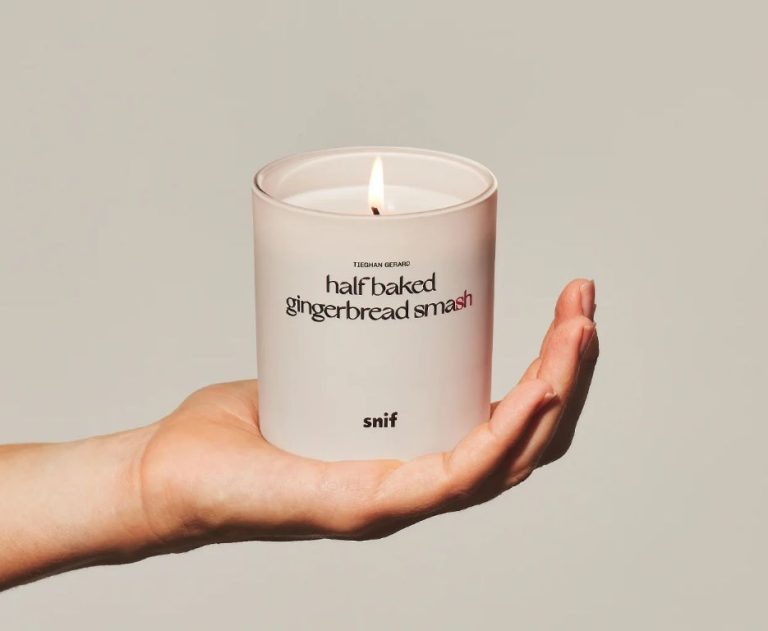What Scent Goes Best With Honey?
Introducing Honey’s Aromatic Qualities
Honey has a sweet, floral aroma that is a big part of its appeal. According to the Honey Aroma and Flavor Chart by the American Honey Tasting Society, honey’s primary aroma is often described as “honey” – a sweet, rich scent that is unique and unmistakable (https://www.americanhoneytastingsociety.com/product-page/honey-aroma-and-flavor-chart). The secondary nuances come from flower nectars and can range from fruity and citrusy to spicy and earthy. The goal here is to find complementary scents that align with, rather than overpower, honey’s inherent fragrance.
Factors Influencing Honey’s Scent
Honey’s aroma and flavor can vary significantly based on the floral sources the bees gather nectar from. Clover honey tends to have a sweet, flowery aroma, while orange blossom honey has a delicate citrus scent. Buckwheat honey is more full-bodied and malty. Other common floral sources that impact honey’s scent include lavender, rosemary, thyme, eucalyptus, and wildflowers.
The regional terroir also affects honey’s aromatic qualities. Honey from different geographic locations will have distinct characteristics based on the native vegetation and climate. Hawaiian honey tends to be tropical and fruity, while Northwest honey has earthy pine notes. Mediterranean honey echoes herbs, citrus and fig.
Processing and filtering methods also influence the depth of flavor. Raw, unfiltered honey has a more complex, nuanced scent compared to filtered varieties. Gentle warming and straining helps retain aromatic oils and volatile compounds. Commercial large-scale processing can remove these delicate aromatic elements, resulting in a flat, one-dimensional scent.
In summary, the flowers bees visit, the geographic region, and production methods all contribute to the unique aromatic profile of a honey variety, ranging from floral to herbaceous, fruity, earthy and more.
(Source: New Direction Aromatics)
Top Complementary Essential Oils
Certain essential oils nicely complement the flavor profile of honey, enhancing its sweetness in pleasant ways. Some of the most popular options include:
Lavender – The floral aroma of lavender blends seamlessly with honey’s sweetness. Add a few drops of lavender oil to honey and mix into tea or lemonade for a calming beverage. Lavender also enhances the flavor of honey used in baked goods like muffins, scones and cakes. As referenced at [1].
Lemon – The bright citrus notes of lemon oil enliven honey’s flavor. Drizzle lemon-infused honey over yogurt, pancakes or oatmeal for a tangy twist. Lemon honey also makes a great glaze for chicken or fish. Per [2], lemon adds vibrancy when paired with honey’s mellow sweetness.
Orange – Like lemon, orange oil provides a refreshing citrus complement to honey. Orange honey makes a tasty salad dressing drizzled over greens, carrots and apples. It can also be used to glaze ham or mix into tea, as noted in [3].
Rosemary – This aromatic herb blends well with honey’s unique profile. Mix rosemary oil into honey and use as a marinade for pork, chicken or lamb. Rosemary honey also enhances fruit salads and makes a flavorful addition to vinaigrettes, referenced at [1].
[1] https://brightland.co/blogs/field-notes/what-to-eat-with-honey

[2] https://www.barkmanhoney.com/kitchen/honey-pairings/
[3] https://www.naturenates.com/8-foods-to-pair-honey-with/
Herbal and Floral Pairings
Certain herbs and flowers pair exceptionally well with the sweet, rich flavor of honey. When infusing honey with herbs or floral notes, the goal is to complement honey’s inherent fragrance in a harmonious way. Some of the most popular herbal and floral pairings include:
Chamomile – The sweet, apple-like flavor of chamomile blends beautifully with honey for a soothing, comforting scent. Chamomile honey can be enjoyed on its own or added to tea. One study found that wounds healed faster when treated with a chamomile-infused honey blend (https://www.sciencedirect.com/science/article/pii/S240584402310510X).
Mint – Fresh, minty honey is a perfect summer treat. The clean, cooling scent of mint balances honey’s rich sweetness. Mint honey is delicious drizzled over fruit, stirred into lemonade, or swirled into yogurt.
Hibiscus – With its tart, cranberry-like flavor, hibiscus infuses honey with a tangy twist. The resulting honey takes on a stunning ruby red hue. Hibiscus honey can add flavor and visual appeal to cocktails, vinaigrettes, glazes, and more.
Jasmine – Jasmine’s heady, floral aroma gives honey a romantic twist. Jasmine honey has an exotic fragrance that makes it ideal for drizzling over fresh fruits and desserts. The pairing is popular in North Africa and the Middle East.
Herbs and flowers let you customize honey’s scent. With some creativity, you can make herbally-infused honeys to suit any palate or application.
Spice and Citrus Notes
Honey’s sweetness can be complemented by the spicy zing of cinnamon, ginger, and cardamom. The heat of these spices helps to cut through honey’s richness. According to the blogger at https://www.thekitchn.com/20-genius-spices-to-pair-with-honey-ingredient-intelligence-191786, cinnamon is one of the most classic spice pairings with honey, lending a familiar sweet-spicy flavor. This duo can be used to sweeten coffee or tea or baked into treats like honey-cinnamon rolls.
The warmth of ginger is another excellent match for honey. Ginger honey makes a tasty glaze for chicken or pork and can provide a sweet kick to stir fry sauces, according to https://foodal.com/knowledge/pairing-honey-with-spices/. Cardamom imparts hints of resinous pine and eucalyptus that create depth of flavor with honey. Try cardamom honey drizzled over Greek yogurt or oatmeal for a morning treat.
Bright citrus zest can cut the sweetness of honey and provide an uplifting aroma. Lemon, lime, orange, and grapefruit zests pair nicely with light, mild honeys like orange blossom or acacia. Use citrus-honey blends in marinades for chicken or fish or whisk into a vinaigrette.
Pairing Honey with Beverages
Honey’s sweetness and viscosity make it an excellent addition to both hot and cold beverages. The flavor notes of honey pair beautifully with many popular drinks.
Tea
Honey enhances the herbal and floral notes of tea. It helps mellow bitterness and brings natural sweetness. Honey can be added to brewed tea or mixed into cold tea beverages. According to “12 Honey Drinks that Beat the Summer Heat” (https://honey.com/blog/12-honey-drinks-that-beat-the-summer-heat), honey pairs well with iced tea, providing flavor without excessive calories.
Coffee
Honey complements the roasted, nutty flavor of coffee. It sweetens without overpowering the coffee taste. Honey can be used in place of sugar to sweeten coffee beverages both hot and iced. For example, honey mocha drinks highlight honey’s ability to enhance coffee’s chocolate notes according to “13 Drink Recipes With Honey” (https://siouxhoney.com/13-drink-recipes-with-honey/).
Cocktails
Honey brings its signature sweetness to cocktails while avoiding the cloying effect of plain sugar. It blends smoothly into drink mixes. According to “Healthy Drinks With Honey That You’ll Enjoy” (https://www.texasspecialtybeverage.com/blog/healthy-drinks-withhoney-as-a-sweetener/), honey sweetens cocktails in a more nuanced way compared to plain sugar.
Baked Goods and Honey
Honey is a classic ingredient in many baked goods like cakes, cookies, and pastries. Its sweet flavor and moist texture make it a perfect complement. According to Food Network, honey belongs in baked goods of all kinds.
When it comes to cakes, honey adds moisture and a slight tang. It works well in simple honey cakes with complementary flavors like apples, cinnamon, and dark beer (source). Honey also shines in layered cakes like honey pumpkin logs and challah bread (source).
For cookies, honey contributes chewiness and keeps them moist for longer. It’s great in crispy cookies like classic honey grahams as well as chewy oatmeal raisin cookies. Simple shortbread, butter cookies, and thumbprint cookies also benefit from honey’s flavor.
Pastries like croissants, danishes, scones, and buns absorb honey nicely. It adds moisture and sweetness to flaky layers and tart fillings. Some classic pastries include honey apple crumble bars with honey caramel sauce and cinnamon honey buns (source).
Honey in Entrees and Main Dishes
Honey’s sweetness and viscosity make it an ideal ingredient for glazing meats, dressings salads, and marinating a variety of proteins and vegetables. The sugar content in honey helps create a beautifully caramelized exterior when used as a glaze or marinade ingredient. At the same time, honey’s acidic quality tenderizes meats and balances out flavor profiles.
For glazing meats, a mixture of honey, mustard, vinegar, and spices creates a delicious lacquer. The honey helps the glaze cling to the exterior of chops, chicken, or roasts while providing balanced sweetness to contrast with savory spices. A honey glaze also gives a beautiful sheen when caramelized under the broiler or on the grill. For pork, a honey, ginger and garlic glaze provides warmth. For chicken, honey pairs well with smoky spices like paprika. When glazing beef roasts or ribs, honey balances tangy barbecue sauces.
Honey’s viscosity helps emulsify ingredients for bold salad dressings. Combining honey with mustard, vinegar and oil makes a well-rounded vinaigrette that subtly sweetens lettuces and greens. Drizzling honey over fruits or nuts can offset bitter notes in spinach and arugula. For heartier main dish salads, try a honey mustard dressing on grains like farro or quinoa for a balanced flavor profile. Add citrus like lemon or lime juice to make the honey pop.
As a marinade base for meat, fish or tofu, honey tenderizes while providing moisture retention during cooking. The sugars caramelize to form a flavorful crust. Honey marinades often include soy sauce, spices, vinegar, citrus, garlic, ginger and oil for well-rounded flavor. The marinade can be brushed on during grilling or broiling to promote char and caramelization. For extra moisture, try marinating meats overnight in the refrigerator before cooking.
When using honey in entrees and main dishes, a little goes a long way. Honey is high in sugar and calories, so restraint is recommended. Still, a small amount of honey in a glaze, dressing or marinade can provide big flavor payoff.
Desserts and Sweets
Honey is commonly used in desserts and sweets to add natural sweetness and depth of flavor. Some of the most popular honey desserts include:
Honey ice cream – The floral notes of honey pair wonderfully with creamy ice cream. Honey adds complexity while also reducing the need for added sugar in ice cream recipes. Variations include honey vanilla ice cream, honey cinnamon ice cream, or ice creams swirled with honey comb.
Honey granola – Granola coated with honey creates delicious clusters with a touch of sweetness. The honey helps the oats toast to a golden brown. Try mixing honey granola with yogurt and fresh fruit for a satisfying breakfast or snack.
Baklava – This flaky Middle Eastern pastry is traditionally drizzled with a honey syrup for sweetness. The honey soak gives baklava its signature sticky, rich flavor. Baklava made with honey has been a popular dessert for centuries.
Conclusions on Pairing Scents with Honey
Honey is a wonderfully versatile ingredient that can be beautifully paired with a wide variety of aromatics. Its naturally floral, fruity and earthy notes provide an excellent base that complements many herbs, spices, citruses and teas. As we’ve seen, some of the best scents to pair with honey include lavender, rosemary, cinnamon, ginger, lemon, chamomile and vanilla.
When deciding which aromatics to use with honey, consider the overall flavor profile you want to create. Herbals like lavender, mint and basil bring freshness, while spices like cinnamon, nutmeg and ginger lend warmth. Citruses like lemon and orange brighten with their zesty notes. Vanilla and almond extract add a lovely richness. Experiment with different combinations to find your favorite bespoke scent.
A truly versatile nectar, honey provides the perfect sweet base note to layer other fragrances upon. Whether enjoyed in a soothing cup of tea, as a flavor enhancer in baked goods, or simply drizzled over fresh fruit, honey shines when it can interplay with other complementary scents. Trust your senses, get creative with the combinations and find your own signature honey aromatics.




